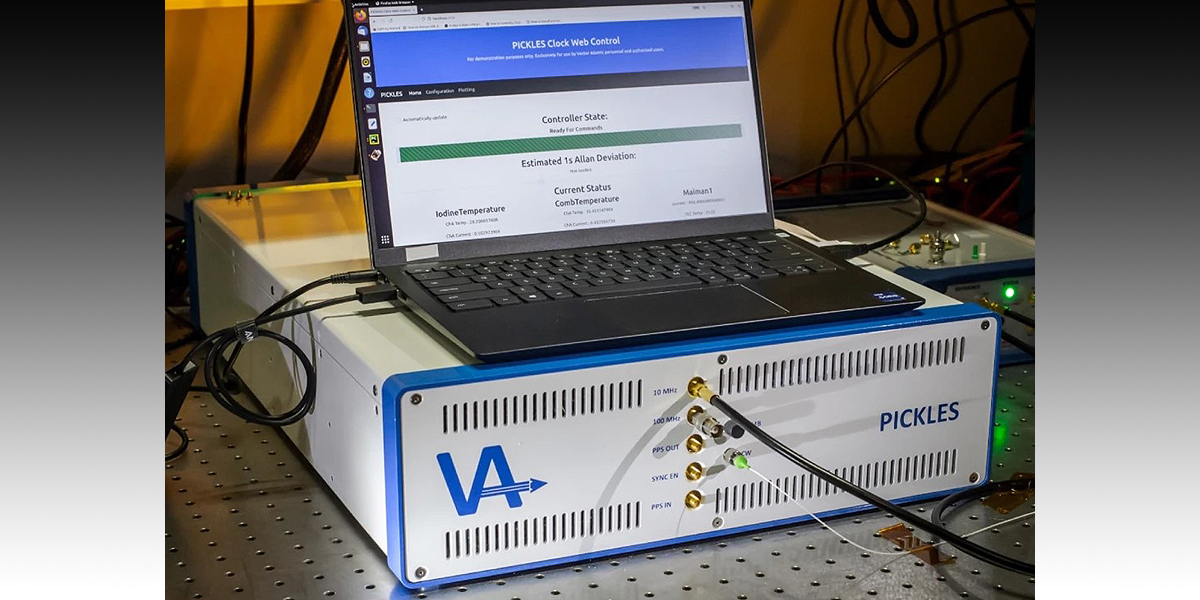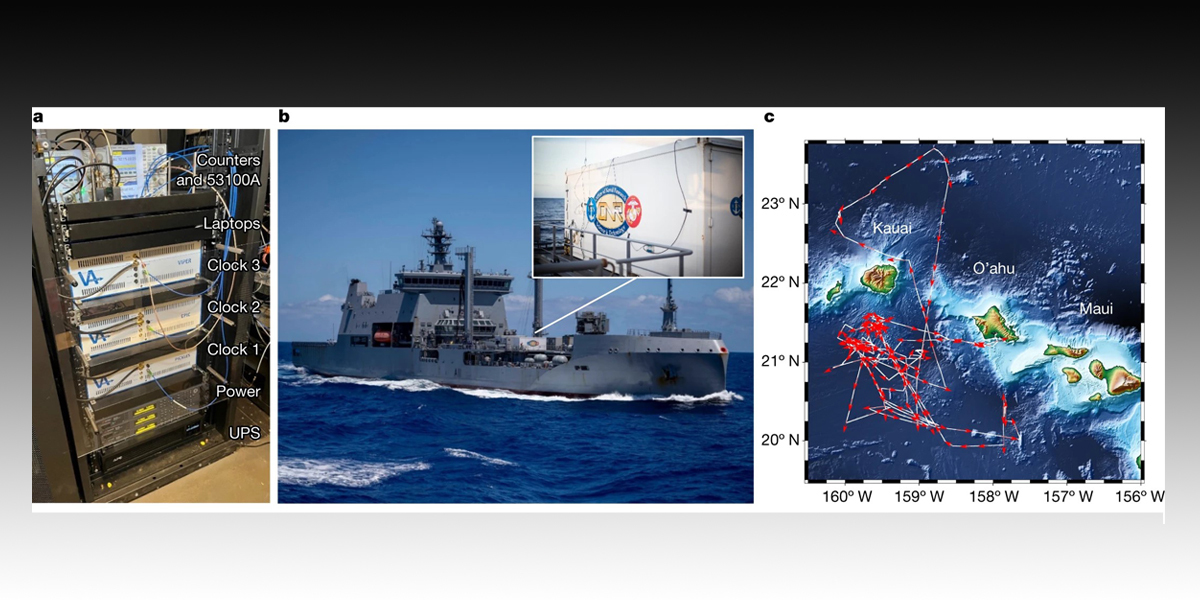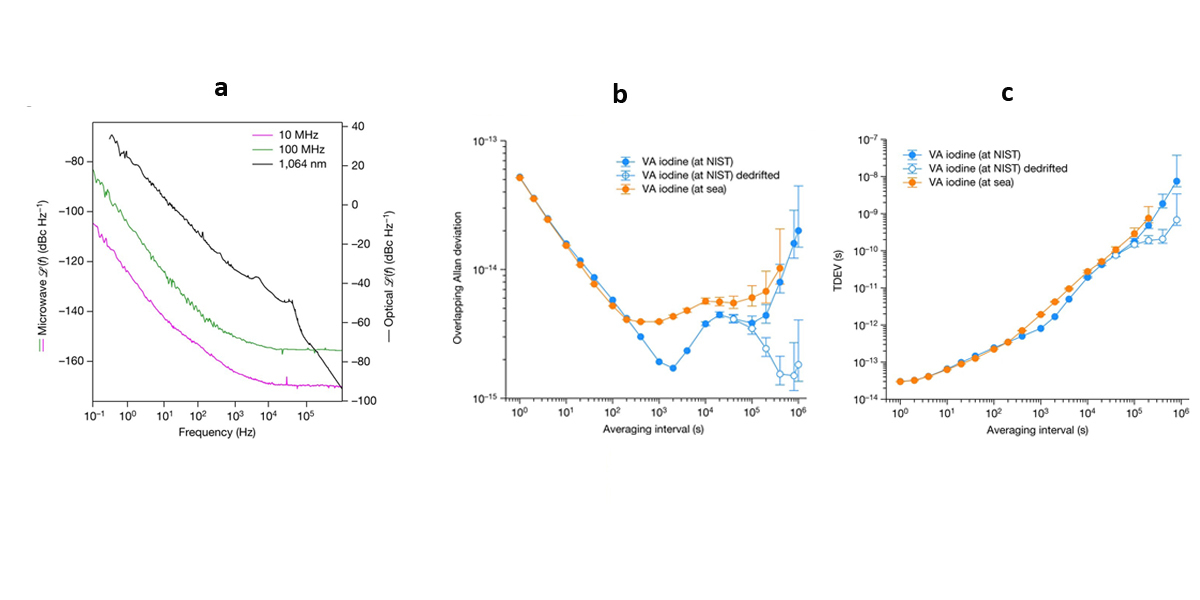A team of physicists and engineers at Vector Atomic, Inc., a maker of navigation and communications equipment, has developed a new kind of atomic clock that they claim is both ultra-precise and sturdy. In their paper published in the journal Nature, the group describes the factors that went into building their new clock and how well it has worked during field tests aboard a ship in the Pacific Ocean.

Bonnie Marlow and Jonathan Hirschauer, both with the MITRE Corporation, have published a News & Views piece in the same journal issue, outlining the need for ultra-precise atomic clocks and the work done by the team at Vector Atomic.
As the tools used aboard ships have grown more sophisticated, the technology behind them has become increasingly reliant on precise timing. Navigation uses radio systems, for example, that use GPS. With such systems, very small time inaccuracies when measuring signal propagation between satellites can result in positioning errors of hundreds of meters, which can matter a lot when military vessels are involved.
Ships currently rely on atomic clocks that are robust enough to be able to work while on a rolling vessel, but they are not nearly as accurate as the atomic clocks used in research labs. In this new effort, the team at Vector Atomic has developed a clock to help bridge the difference.
The clock is based on the use of oscillating iodine molecules and weighs just 26 kilograms, which is about the size of three shoeboxes—small enough for use on virtually any ship. The group claims that it is approximately 1,000 times more precise than the types of clocks currently in use on most ships.
In developing the clock, the team has been working with New Zealand's navy. They tested the clock aboard the HMNZS Aotearoa as it conducted normal shipping operations for three weeks in the Pacific Ocean. Data from the tests showed that the clock was nearly as accurate as it was when tested in the lab—it kept time to within 300 trillionths of a second over any given day.


The development team notes that they are continuing to work on the clock, hoping to make it small enough to carry aboard navigation satellites.
More information: Jonathan D. Roslund et al, Optical clocks at sea, Nature (2024). DOI: 10.1038/s41586-024-07225-2
Bonnie L. S. Marlow et al, Robust optical clocks promise stable timing in a portable package, Nature (2024). DOI: 10.1038/d41586-024-01022-7
Journal information: Nature
Subscribe to our newsletter
Stay updated on the latest technology, innovation product arrivals and exciting offers to your inbox.
Newsletter

